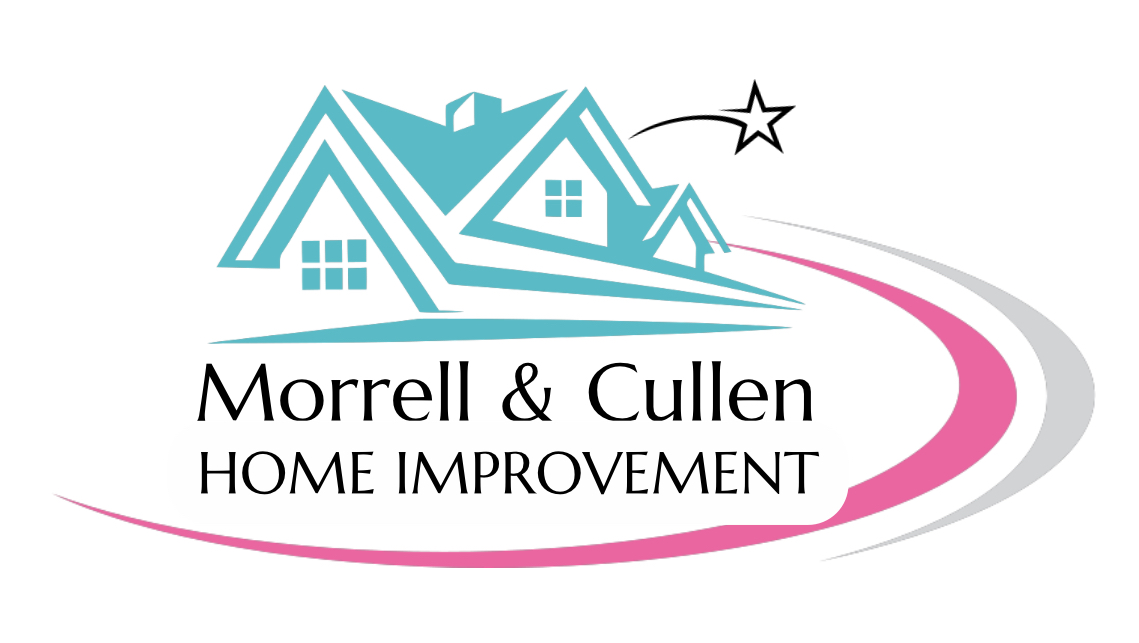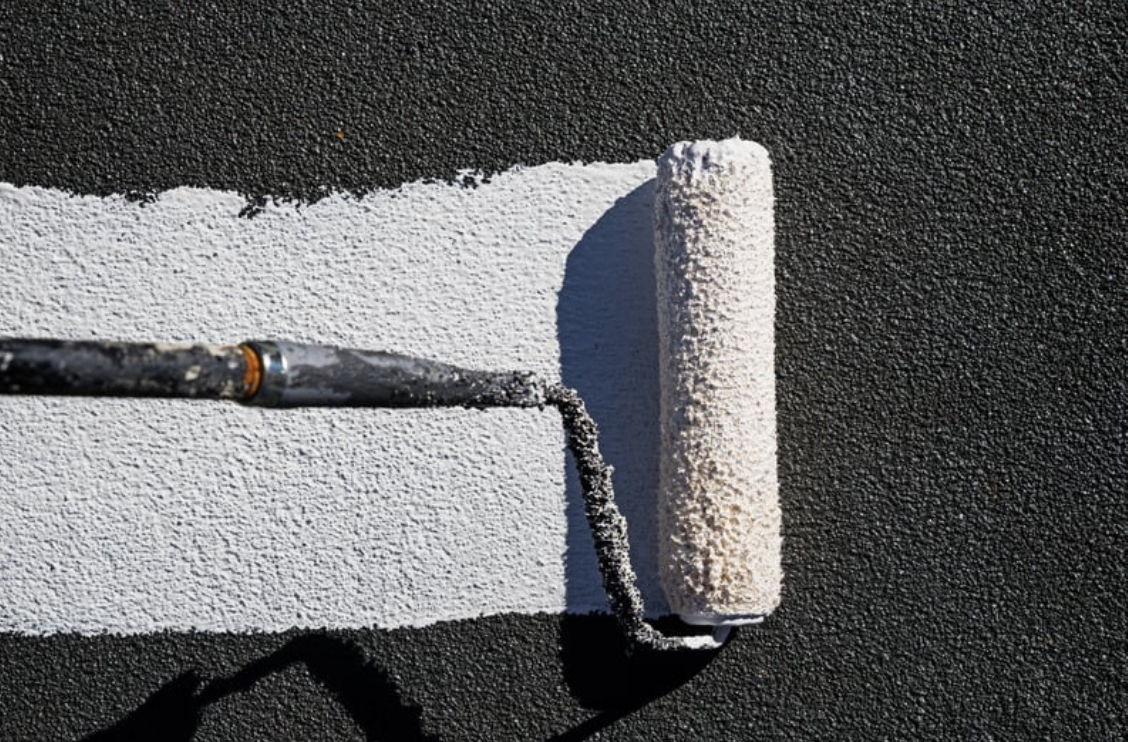Rubber Roof Coating Services
Who Can Benefit from Acrylic Elastomeric Roof Coatings?
Acrylic elastomeric roof coatings are ideal for homeowners and property owners looking to extend the life of their existing roof without the cost or disruption of a full replacement. They're particularly beneficial for flat or low-slope roofs, as well as metal, modified bitumen or previously coated surfaces that may be starting to show signs of aging—such as fading, small cracks or minor leaks—but still have a structurally sound base.
These coatings are also an excellent choice for those seeking improved energy-efficiency. The bright, reflective surface helps reduce roof temperatures by deflecting UV rays, lowering cooling costs during the warmer months, and protecting the underlying materials from thermal stress and UV degradation. Business owners, homeowners and facility managers who want to reduce maintenance demands and add long-term weather resistance to their roofs all stand to benefit from this solution.
Because of its cost-effectiveness and eco-friendly composition, acrylic elastomeric coating is also popular among those interested in sustainable building practices—it can help delay roof replacement, reduce waste and lessen the environmental impact associated with tear-offs.
Overall, it's a smart, durable and budget-conscious option for anyone wanting to restore, protect and preserve their roofing investment.

Key Advantages
- Energy Efficiency: Reflects up to 85% of sunlight, reducing surface temperatures and cooling costs.
- Longevity: Extends the life of existing roofing systems by 10–15 years when properly maintained.
- Seamless Protection: Eliminates weak points where leaks typically form, such as seams and fasteners.
- Eco-Friendly: Water-based, low-VOC formula that minimizes environmental impact and supports sustainable building practices.
- Easy Maintenance: Can often be re-coated in the future without removing the existing layer, saving time and money.
How It Works
Acrylic rubber coatings form a seamless, flexible membrane once applied. The coating expands and contracts with the roof's natural movement, sealing small cracks and creating a watertight surface. When cured, it becomes a continuous barrier that reflects heat, resists UV degradation and helps slow the aging process of the underlying roofing material.
Compatible Roof Types
Acrylic coatings are versatile and can be applied to:
- Metal roofing
- Modified bitumen
- Smooth BUR (built-up roofs)
- Concrete roofs
- Some single-ply membranes (TPO, PVC, etc., with proper primer)
- Previously coated surfaces in sound condition
(Note: Uncoated EPDM rubber and areas with persistent ponding water should be avoided)
The Process

1. Preparation
We clean, repair and inspect the entire roof surface to ensure maximum adhesion and durability
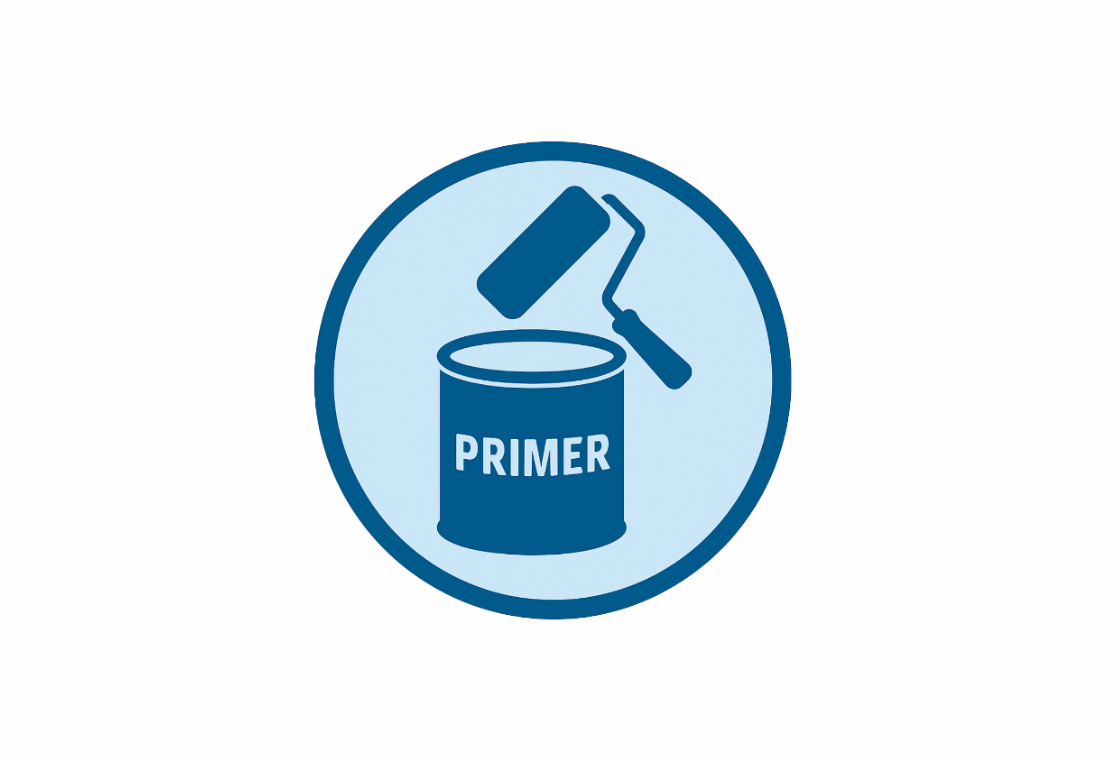
2. Apply a Primer
Depending on the roof type, we may apply a coat of primer to ensure the coating system performs as intended and last its full service-life
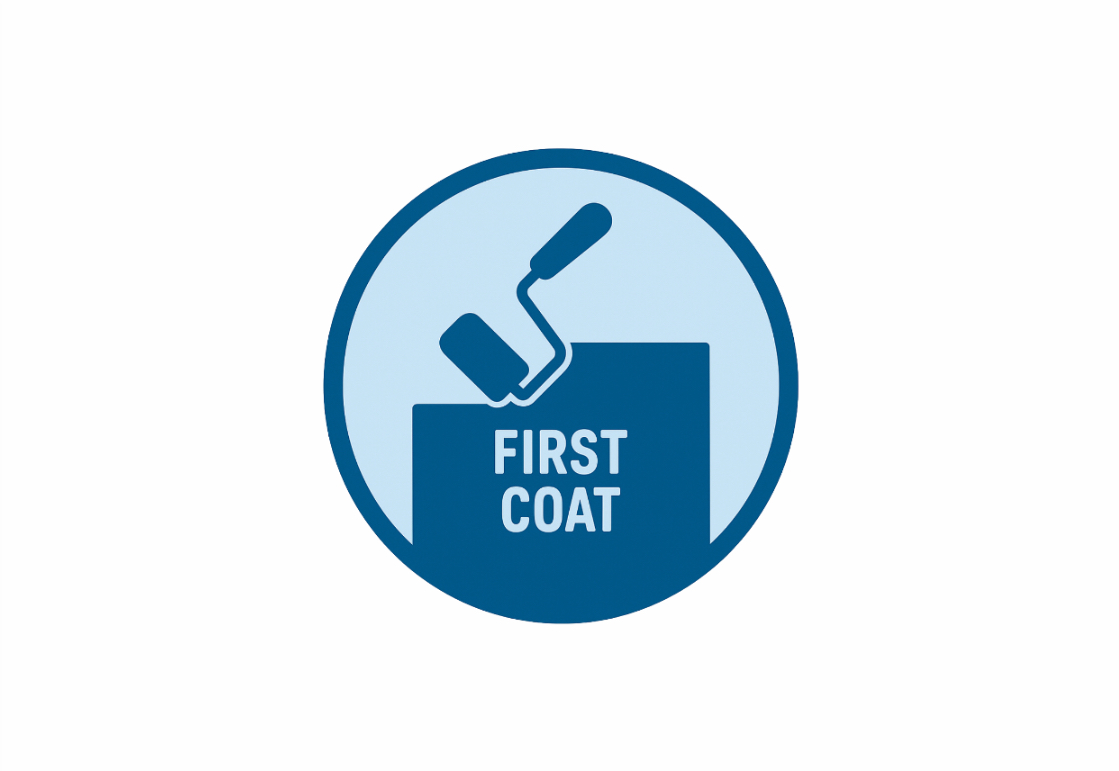
3. Apply the First Coat
The first coat of acrylic elastomeric coating creates a smooth, flexible foundation that bonds tightly to the roof surface. It works to seal minor cracks and imperfections while preparing the surface for the second coat
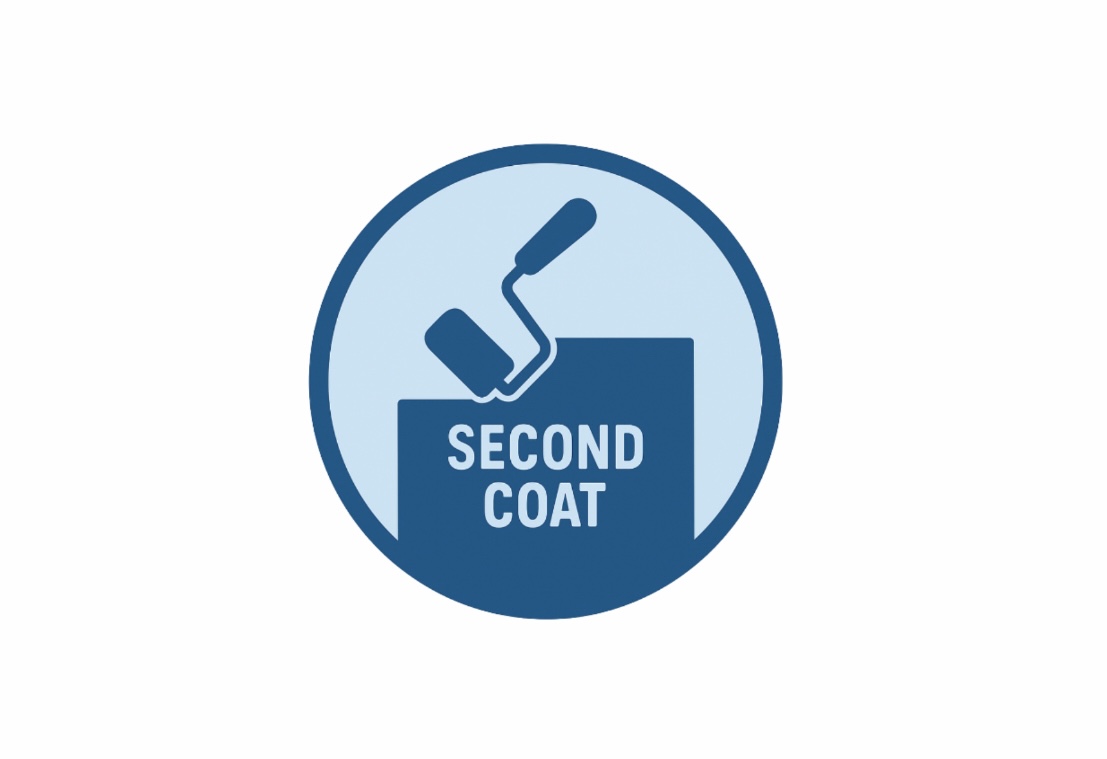
4. Apply the Second Coat
The second coat locks everything in, adding a strong, flexible finish that stands up to sun, rain and temperature changes and creates a smooth, watertight surface
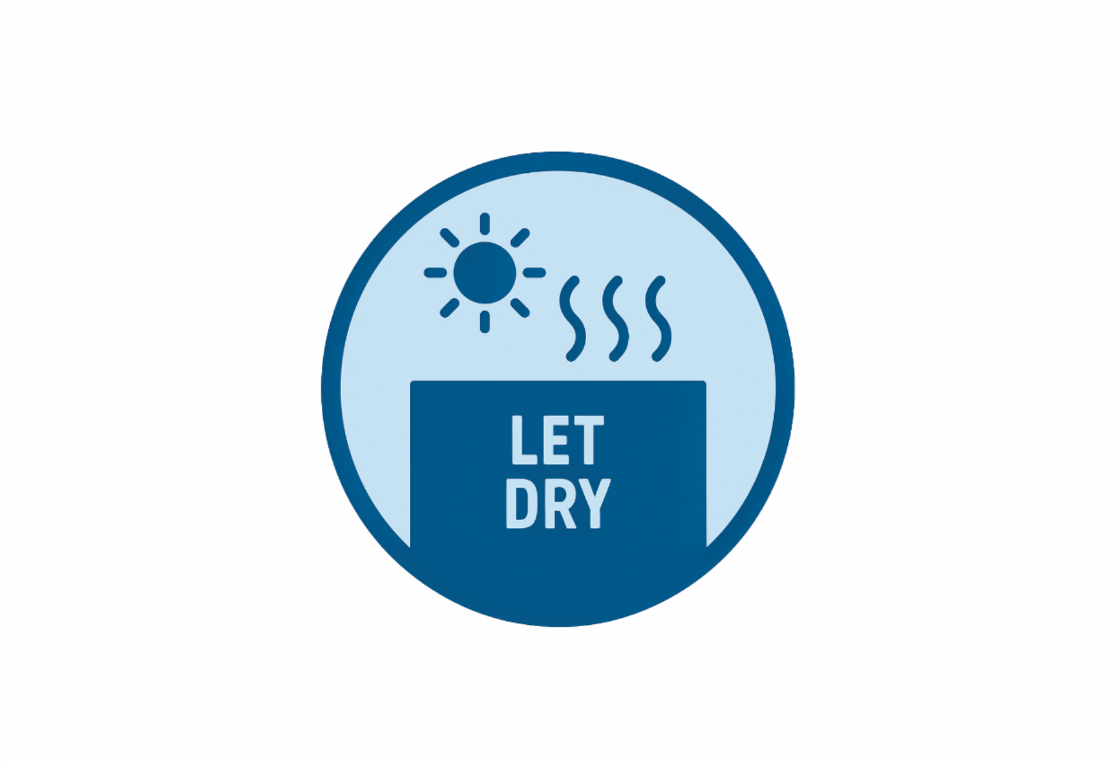
5. Let It Dry
Finally, the roof needs time to fully dry and cure. It’s a crucial step in ensuring the coating forms a tough, weatherproof barrier that seals out moisture and keeps your roof performing at its best for years to come

When Is It Not Recommended?
While acrylic elastomeric roof coatings offer many advantages, they aren't suitable for every situation. Roofs with extensive water ponding, active leaks or structural deterioration should be repaired or replaced before any coating is applied. Because acrylic coatings are water-based, they're not ideal for surfaces that experience prolonged standing water, as it can eventually cause the coating to soften or lose adhesion over time.
They're also not recommended for uncoated EPDM (rubber) membranes or surfaces that haven't been properly cleaned or primed, as poor surface preparation can lead to premature peeling or reduced performance. Additionally, if a roof is nearing the end of its service life or has severe substrate damage, a coating may only offer temporary relief rather than a long-term solution. In those cases, a full roof replacement or a different coating type—such as silicone—may be the more effective choice.
At Morrell & Cullen Home Improvement, we always perform a detailed inspection before recommending any coating system to ensure it's the right fit for your roof, your budget and your long-term goals.
